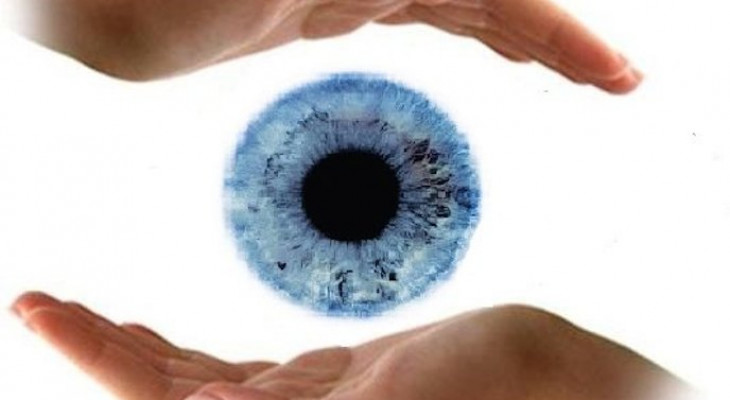
Pharma’s Role In Tackling Lifestyle-driven Eye Disorders
How did your country report this? Share your view in the comments.
Diverging Reports Breakdown
Pharma’s Role In Tackling Lifestyle-driven Eye Disorders
Long hours on screens, irregular sleep, pollution, and unhealthy food habits have led to a rise in eye problems linked to lifestyle. Conditions like dry eyes, digital eye strain, early-onset myopia, and eye allergies are now affecting not just older adults but also children, students, and working professionals. Pharmaceutical companies are increasingly collaborating with eye hospitals, diagnostics platforms, and device manufacturers to integrate digital tools into eye care. The goal is not just to treat but to transform the way society thinks about eye health. Lifestyle-related eye disorders may be the price of progress, but with sustained innovation, policy support, and public engagement, they don’t have to become the norm.
As these issues increase, the healthcare system is adapting and pharmaceutical companies are playing an important role. Through research, new treatments, and better access to care, they are helping address today’s eye health challenges more effectively.
Smarter Solutions
One of the most visible contributions has been the development of advanced formulations to manage dry eye and digital fatigue. Traditional eye drops have evolved into preservative-free, nano-formulated options that offer better absorption and longer relief without irritating sensitive eyes. These changes may seem technical, but their impact is deeply personal, enabling a child to focus better in class or helping a professional get through the day without discomfort.
Innovation, Access, and Advocacy in Eye Care
Apart from developing new products, pharma companies are also working closely with public health efforts. They are running awareness drives, doing eye check-ups in schools, and reaching out to rural areas to catch and treat eye problems early. In cities, there’s a growing focus on including eye exams in regular health check-ups, showing that eye care is an important part of overall health.
There’s also progress in how eye medicines are given. Instead of taking pills or going through complex treatments, many eye conditions can now be treated with eye drops and newer methods that use very small doses. This helps reduce side effects and makes it easier for people to stick to their treatment, especially for long-term issues like glaucoma or eye allergies.
Digital Tools Driving Better Diagnosis
Equally vital is the role of data and AI-driven tools in early diagnosis and monitoring. Pharmaceutical companies are increasingly collaborating with eye hospitals, diagnostics platforms, and device manufacturers to integrate digital tools into eye care. These collaborations are enabling smarter prescriptions and personalised treatment approaches, often with quicker turnaround and better outcomes.
Shaping Policy for Preventive Eye Care
At a broader level, policy advocacy is becoming part of the pharmaceutical ecosystem. By supporting initiatives that bring regulatory clarity, incentivize R&D, and improve drug accessibility, the industry is shaping an environment that prioritises preventive eye health over reactive treatment. These behind-the-scenes efforts are crucial to building a future where vision disorders are neither overlooked nor undertreated.
Final Thoughts
Ultimately, the goal is not just to treat but to transform the way society thinks about eye health. Lifestyle-related eye disorders may be the price of progress, but with sustained innovation, policy support, and public engagement, they don’t have to become the norm. Pharma’s evolving role is not just about developing treatments it’s about enabling a better quality of life through clearer vision, one drop, one discovery, and one decision at a time.
Disclaimer : The views expressed in this article are those of the author and do not necessarily reflect the views of the publication
